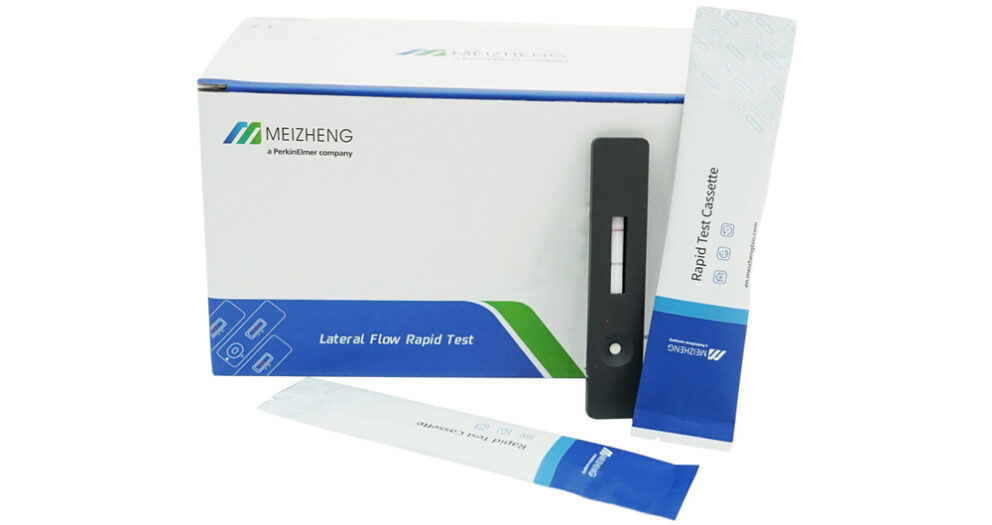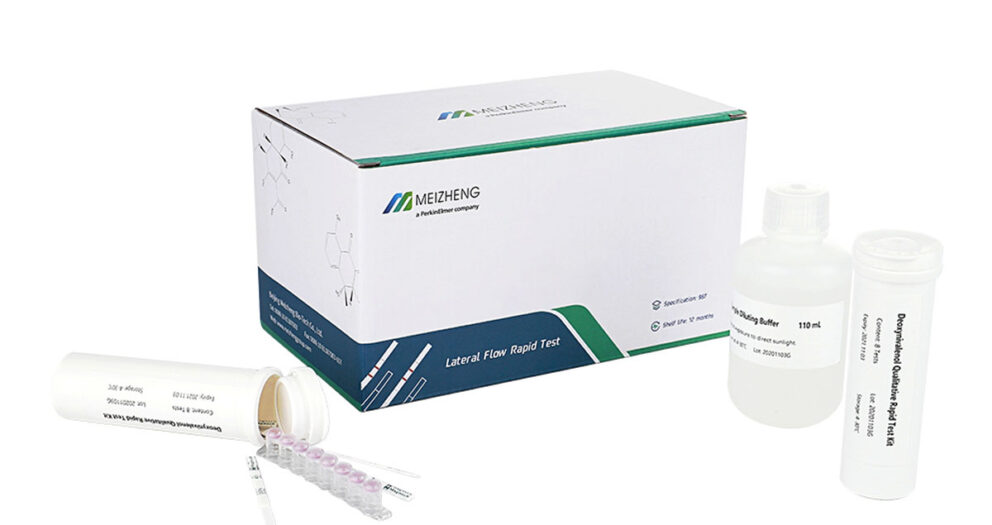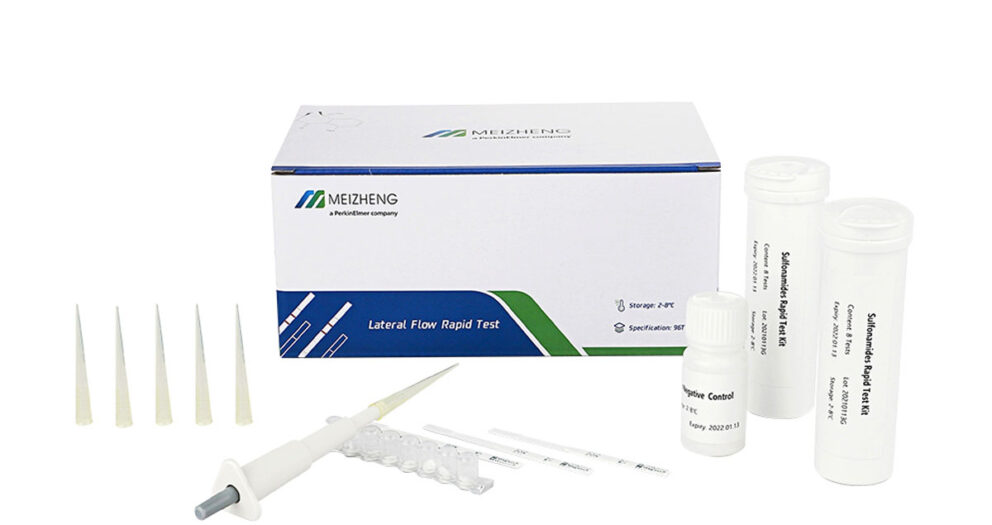- Molecular biological detection methods
At present, there are more and more demands in the market for traceability and early warning of sudden infectious or infectious epidemics. Traditional typing techniques have been unable to meet the above demands due to their limited ability to distinguish, thus promoting the generation of genotyping techniques—— Study biological macromolecules from the molecular biology level, including nucleic acid structure and its components.
The genotyping techniques that have been developed are roughly divided into two categories, namely non-PCR techniques and PCR techniques. The initial non-PCR genotyping technology is the enzyme digestion and hybridization method, which needs to predict the genomic information, and the cost is huge, and the technical requirements for operators are relatively high.
The invention of PCR technology provides a very powerful means for the detection of food-borne pathogenic microorganisms, such as loop-mediated isothermal accounting amplification. In recent years, this method has been widely used in the rapid detection of pathogenic bacteria by food industry users. It is easy to operate, has short enrichment time, fast amplification time, and accurate results. However, the disadvantage is that industrial users still have too much control over the laboratory layout. Improvements are needed to avoid false positives caused by cross-contamination.
Genotyping technology not only provides many important conclusions for bacterial transmission dynamics, but also provides a new way for further study of bacterial phylogenetic characteristics.
- ATP bioluminescence method
The basic principle of ATP bioluminescence is based on the difference in ATP content of dead/live bacteria. The ATP content in the living cells is constant, but after the cells die, the ATP in the cells will be rapidly decomposed due to the action of intracellular enzymes, so the number of viable cells can be calculated by measuring the concentration of ATP in the cells to be tested.
Compared with traditional microbial detection methods, ATP bioluminescence method is more convenient, sensitive, fast and efficient to detect food-borne microorganisms, and the development and application of related instruments can also be developed at the same time, such as liquid scintillation counters, illuminometers and other miniaturized testing instruments. It is very portable and suitable for on-site detection of food hygiene. It can be said that it is one of the fastest methods to detect the number of microorganisms. Therefore, it is widely used in microbial inspection and detection of food production environment cleanliness.
The disadvantage of ATP bioluminescence method is that it is susceptible to non-target interference such as salt, other chemical substances, and free states. If these interference factors are ignored, the detection results will inevitably be affected, and this method cannot distinguish microbial and non-microbial ATP.
In recent years, based on the principle of ATP technology, many instrument manufacturers have provided a large number of solutions for commercial sterility testing. After a shorter message than the traditional method, the ATP in the food matrix is explained, the ATP in the microbial cell is released, and the ATP in the food matrix is released. After the instrument is tested, it can achieve rapid commercial sterility detection, which is a commercial sterility rapid detection method welcomed by the majority of dairy and beverage companies.
- ELISA technology
The original immunoenzymatic assay involves binding an enzyme to an antibody or antigen to examine the presence of the corresponding antigen or antibody in tissue. After optimization and development, it has gradually evolved into the widely used enzyme-linked immunosorbent assay (ELISA) – firstly, the antigen or antibody is adsorbed on a solid-phase carrier, and then the immunoenzyme is stained on the carrier, and after a period of time, use the naked eye or A spectrophotometer was used to determine the results.
Enzyme is an extremely sensitive organic catalyst, a small amount of enzyme can catalyze a large number of reactions, and it can still maintain the biological activity of the enzyme itself when it is combined with an antibody or antigen, and does not change the characteristics of the antibody or antigen. The colored products can be qualitatively observed with the naked eye and accurately quantitatively detected with optical instruments such as microplate readers.
To sum up, due to the inevitability of microbial contamination in food, food practitioners should pay attention to microbial contamination of food, and master accurate detection methods to select the method most suitable for their own needs, so as to quickly and accurately find target microorganisms and complete the purpose of detection. , to accurately grasp the situation of food microbial contamination.
Therefore, further analysis of the source of pollution and finding the best and reasonable preventive measures can achieve the purpose of monitoring microbial contamination in food and escort food safety.
View more quality food safety test kits.







